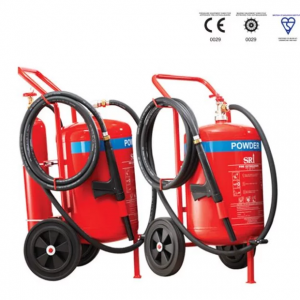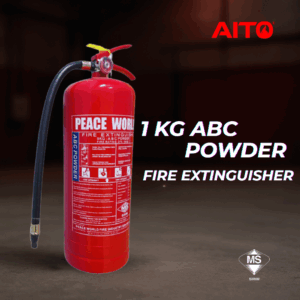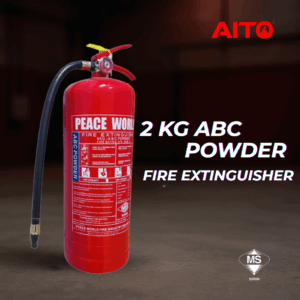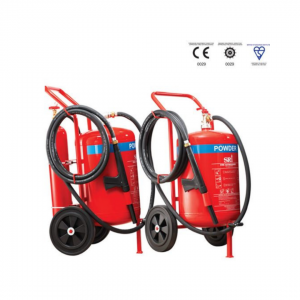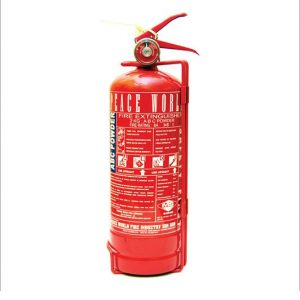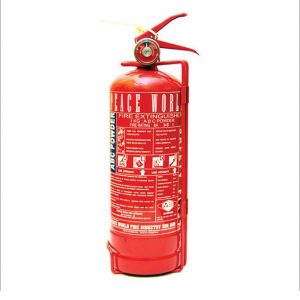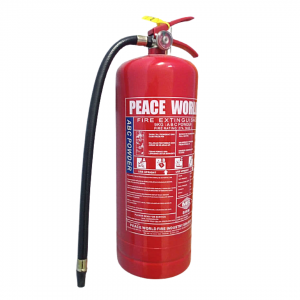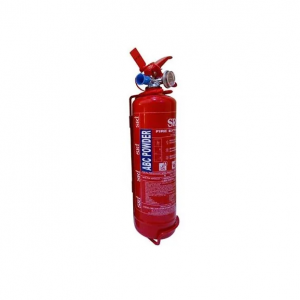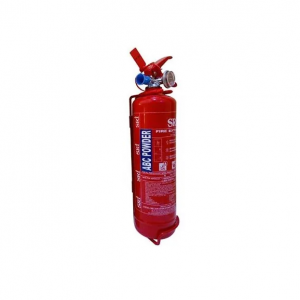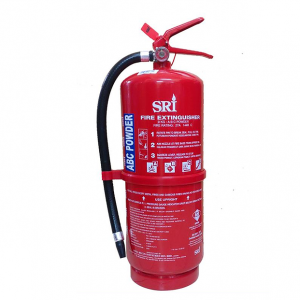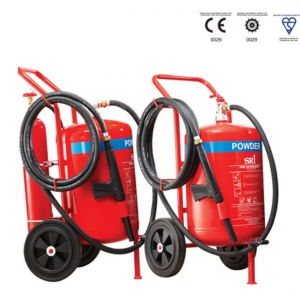Type of Fire Suppression System
Fire suppression systems are essential for protecting lives, property, and critical infrastructure from the devastating effects of fire. Furthermore, these type of fire suppression system are designed to address specific fire hazards and environments. Here is an overview of the main types of fire suppression systems:
1. Water-Based Systems
Sprinkler Systems
- Wet Pipe Systems: These are the most common type of sprinkler system, where pipes are always filled with water. Sprinklers discharge water immediately when heat from a fire triggers the sprinkler heads.
- Dry Pipe Systems: In these systems, pipes are filled with pressurized air instead of water. Water is only released into the pipes when a fire causes one or more sprinkler heads to open, making them suitable for cold environments where pipes might freeze.
- Pre-Action Systems: These are a combination of wet and dry systems, typically used in areas where accidental discharge could cause significant damage. Water only enters the pipes when a fire detection system senses a fire, reducing the risk of false alarms.
- Deluge Systems: These systems use open sprinkler heads and are designed to deliver a large volume of water quickly. They are used in high-hazard areas where rapid fire spread is a concern.
Water Mist Systems
- Water mist systems use fine water sprays to suppress fires by cooling the flame and displacing oxygen. These systems produce significantly less water than traditional sprinklers, making them ideal for environments where water damage needs to be minimized, such as data centers and museums.
2. Gas-Based Systems
Carbon Dioxide (CO2) Systems
- CO2 systems work by displacing oxygen to suppress the fire. They are effective in areas with electrical equipment, like server rooms, as CO2 is non-conductive and leaves no residue. However, these systems can be hazardous to humans, so they are typically used in unoccupied spaces.
Inert Gas Systems
- Inergen (IG-541): A mixture of nitrogen, argon, and carbon dioxide, Inergen reduces oxygen levels to suppress the fire while being safe for human occupancy. It leaves no residue and is non-corrosive.
- Argonite (IG-55): Comprising a blend of argon and nitrogen, Argonite reduces oxygen levels to extinguish fires. It is safe for use in occupied spaces and does not harm equipment.
3. Chemical-Based Systems
Clean Agent Systems
- FM-200 (HFC-227ea): FM-200 extinguishes fires by absorbing heat and interrupting the combustion process. Moreover, it is safe for use in occupied spaces and leaves no residue, making it ideal for protecting sensitive electronic equipment.
- NOVEC 1230: This clean agent is effective in extinguishing fires quickly and has a high safety margin for occupied spaces. Besides, it is also environmentally friendly with a low global warming potential.
Foam Systems
- Foam systems create a blanket over the fuel, cutting off the oxygen supply and suppressing the fire. In addition, these systems are commonly used in areas with flammable liquids, such as aircraft hangars and industrial facilities.
Dry Chemical Systems
- Dry chemical systems disperse a fine powder that interrupts the chemical reaction of a fire. In the meantime, they effectively handle Class A, B, and C fires and are often used in commercial kitchens and industrial settings.
4. Specialized Systems
Kitchen Fire Suppression Systems
- These systems are specifically designed for commercial kitchens, using wet chemicals to suppress fires caused by cooking oils and grease. Besides, they quickly cool the flames and form a soap-like substance that prevents re-ignition.
Vehicle Fire Suppression Systems
- Vehicle fire suppression systems protect against engine and fuel fires in buses, trucks, and heavy equipment. Therefore, they often use dry chemical or clean agent systems tailored for mobile environments.
Conclusion
Finally, selecting the appropriate fire suppression system is crucial for effective fire protection. Moreover, the choice depends on the specific fire hazards, the nature of the protected environment, and any regulatory requirements. In general, by understanding the different types of fire suppression systems, organizations can ensure they are well-equipped to prevent and mitigate the devastating effects of fire, safeguarding lives, property, and critical operations.
At AITO FIREWORK, your safety is our top priority. We specialize in comprehensive fire protection, fire safety solutions, and professional fire protection installation services tailored to meet your needs. Don’t wait until it’s too late – safeguard your property and loved ones today.
Call us now at +6017-629 2903 or click here to schedule your free consultation. Your safety is our mission – let’s achieve it together.




